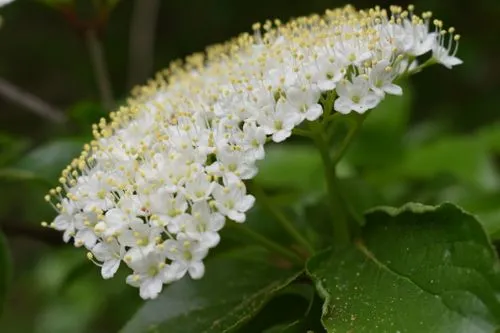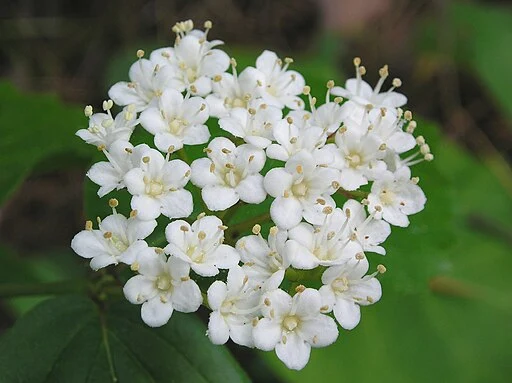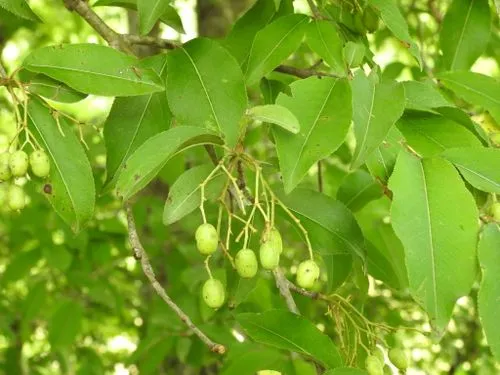Table of Contents for Red Milkweed (Asclepias rubra)
Red Milkweed (Asclepias rubra) is a herbaceous perennial that is found in the mid-Atlantic and southeastern United States. This plant is a host to the Monarch butterfly (Danaus plexippus) and Queen butterfly (Danaus gilippus). It can grow from 1 to 3 feet tall. The pink to purple flowers bloom from June to July. This species is hardy in zones 6-9.
Taxonomy and Naming of Red Milkweed (Asclepias rubra)
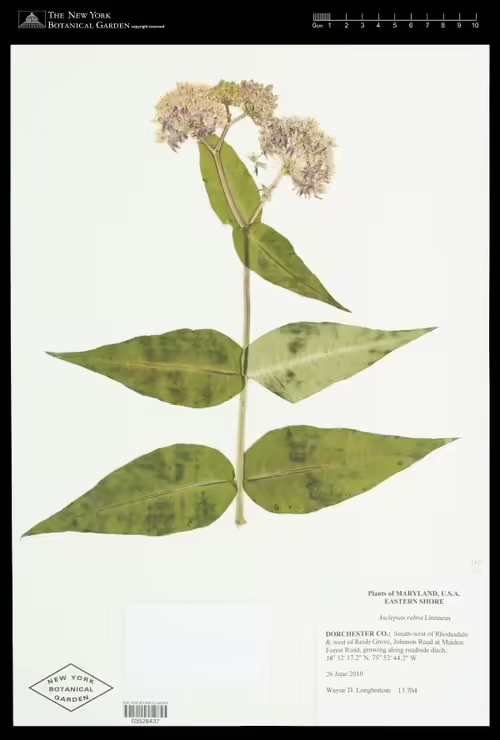
Taxonomy
Red milkweed (Asclepias rubra) was named and described by Carl Linneaus in Species Plantarum (1753). The species has kept this name since the time of description. This plant is a member of the Dogbane Family (Apocynaceae).
Meaning of the Scientific Names and Common Names
Scientific Name
The genus name, Asclepias, is named for the Greek god of healing, Asklepios (Flora of Wisconsin). The species name, rubra, is Latin for “red” and describes the flower color of the species.
Common Name and Alternative Names
The common name is descriptive of the flower color. Tall Pink Bog Milkweed, another common name used, describes the flower color and the habitat. It has been called Purple Savanna Milkweed (Weakley 2022).
Physical Description
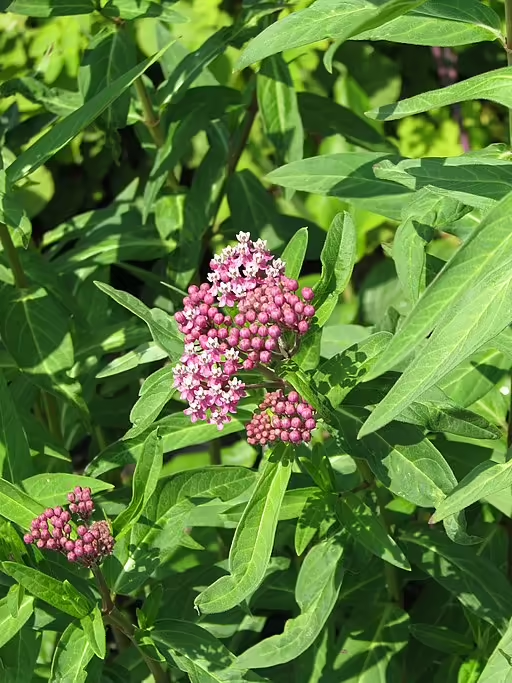
- Plant Type: This plant is a herbaceous perennial.
- Height: 1 to 3 feet
- Stem: covered in dense gray pubescence
- Leaves: The leaves are opposite, simple, subsessile to sessile, entire, and ovate, oval to elliptic-lanceolate. They range in size from 1.5 to 7 inches in length and 1 to 3 inches in width. The leaves glaucous beneath (Woodson 1954).
- Flower color: The flower color is variable and ranges from pink, purple, red, to lavender.
- Blooming period: This plant blooms from May to August, depending on location.
- Fruiting type and period: This plant has follicles that mature in the late summer and fall.
Range of Red Milkweed (Asclepias rubra) in the United States and Canada
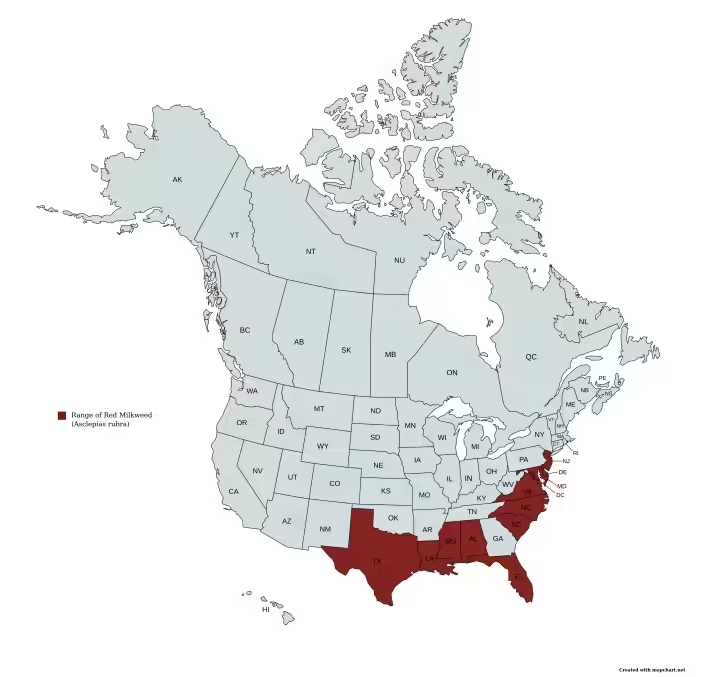
This milkweed species is found in the mid-Atlantic and Southeastern United States except for Georgia, where it has historically been found. It is considered to be rare in the states of New Jersey, Delaware, Maryland, Virginia, Alabama, and Louisiana, as well as the District of Columbia. It is also historic in Pennsylvania and New York.
Habitat

This species grows in wet open areas such as bogs, wet meadows, and pine barrens (Woodson 1954).
Hosted Insects
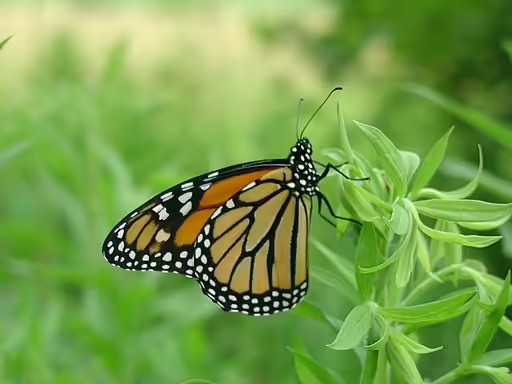
This species is a host for the Monarch Butterfly (Danaus plexippus) and the Queen Butterfly (Danaus gilippus).
Other Supported Wildlife
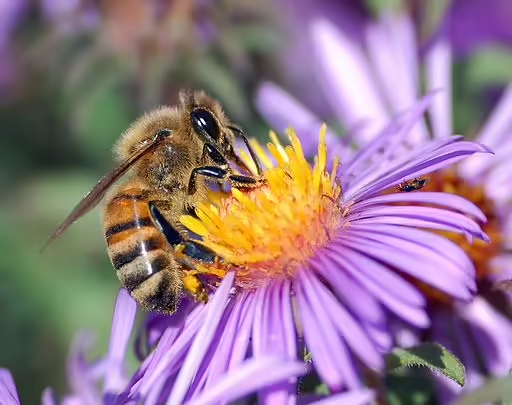
This species is a nectar source to bees in the summer and fall.
Frequently Asked Questions
Is this plant poisonous?
Like other milkweeds, it has cardiac glycosides (cardenolides) and is considered to be poisonous with ingestion.
Does this plant have any ethnobotanical uses?
The Native American Ethobotanical Database does not specifically mention this species, but milkweeds in general have been used for medicines, food, and fibers.
How is this plant distinguished from other milkweeds?
Red Milkweed is similar to Pineland Milkweed (Asclepias obovata) and Green Comet Milkweed (Asclepias viridiflora) but these other milkweeds have a pale green flowers and are in dry habitats (Weakley 2022).
Is this plant invasive?
This species has a restricted and rare habitat and there is nothing in the literature indicating that it may be invasive.
Gardening with Red Milkweed (Asclepias rubra)
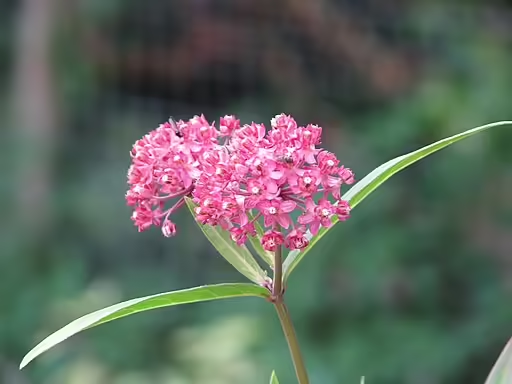
Hardiness
This species is hardy in zones 6-9. If your garden is within these zones and you have the right growing conditions (soil, moisture and exposure), you may well be able to grow this plant. However, if planted outside of its range, the hosted species may not recognize the plant or be harmed by ingesting a different species with an unfamiliar chemical composition.
Optimal Conditions
This species grows best in places it can receive full sun or partial shade. The soil needs to be wet and have a lot of organic matter.
References
- Weakley, A.S., and Southeastern Flora Team 2022. Flora of the southeastern United States. University of North Carolina Herbarium, North Carolina Botanical Garden.
- Woodson, Robert E. 1954. The North American Species of Asclepias L. Annals of the Missouri Botanical Garden 41: 1-211.
